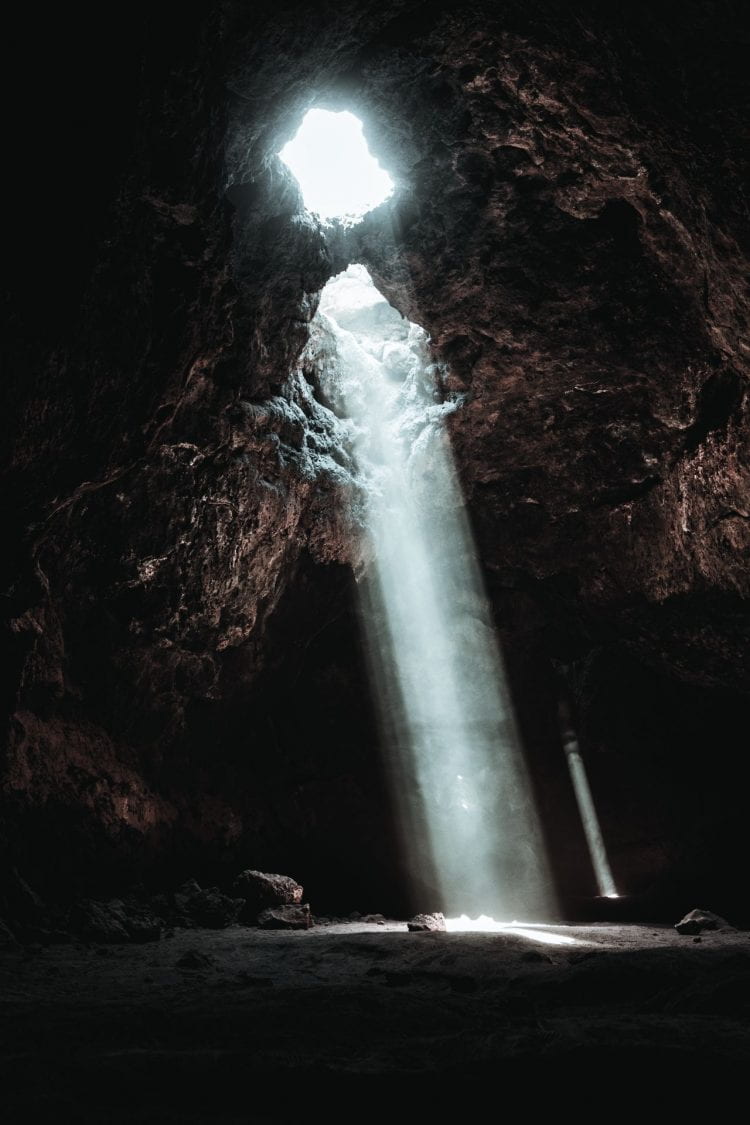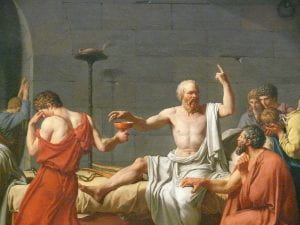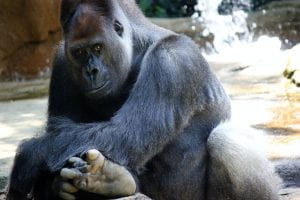
~A Difference Between Knowledge and Wisdom
We seem to drown in distractions, our phones the greatest culprit of all. At this moment, the palm of my hand remains empty as I sit and listen to a well-respected speaker. Yet my attention is clearly diverted, my eyes on the horizon as the sun dips into the ocean. The descending light drawing silhouettes of what is my captured fixation; lone wiliwili trees, Erythrina sandwicensis. Though their name translates as “repeatedly twisted” in Hawaiian, describing their distinctive seed pods, it is their resiliency which marvels, only matched by their beauty and strength. Somehow they defy life’s odds, thriving where less than an inch of rain falls in a nine month period. Steadfast, they reach out of barren and harsh volcanic fields of basalt. Standing as a sentinel, it is difficult to look upon a wiliwili and not consider its wisdom.
Amidst the environs of a dry forest, I came to learn more about how the interaction of land and culture contributed to the sustainability of island societies hundreds of years ago. The speaker was a brilliant septuagenarian professor of science from a decorated university and his modus operandi was one of lecture. He clearly was motivated by a desire to share with the people gathered, his audience, the importance of spaces, places, the past and present. Not unlike the wiliwili, he was a bit gnarly, surely rooted in the wisdom that likely came from life experience. But this evening was more about knowledge. Graphs, tables, and images of archaeological excavations accompanied an array of text stacked in bullet form as he talked and the people listened.
As he talked and the people listened.
As he talked and the people listened…
The evening did not exactly align with what is known in Hawaii as “talk story,” or a time to explore ideas, opinions, and history. Amongst his many messages were facts such as how mica minerals from Asia’s Taklimakan Desert blew over and were contained in the strata of the island’s soil. Another fact was how pre-contact, the island population was larger than the current census. Yet, Hawaiians were entirely self-sufficient in terms of energy, food, and water. After nearly an hour, the scientist was interrupted by a few emboldened individuals in the audience. They wanted to ask questions. This appeared to just happen, not necessarily part of his plan. However, an allowance was made for a few questions and then the final slides and knowledge was imparted.
This was not the end however.
Earlier in the evening, a not-for-profit organization was alluded to and now it would be represented by two women. However, they would do so much more than talk at the audience. As founders they could wax poetic about how they were helping preserve and also restore land not far from the desert in which we sat. Or, they could make a plea for support. Instead, a completely different approach was taken. Instead of launching into the known, they invited the unknown. Ironically, between the two of them their accumulated years did not match the scientist. And yet they appeared to stand rooted with and in wisdom.
“What would you like to know?” one of the woman asked in confidence. The predominantly white-haired audience seemed stunned for a moment. Foreheads wrinkled and necks kinked backwards. As if to say, “The gumption to ask us this? Just tell us!”
I made a mental note to reflect more upon the moment.
What happened was in step with traditional classrooms and a passive approach to “learning.” Comfort in being told how the world works. Acted upon. Purely knowledge based and never before was it more apparent how this could be juxtaposed with the natural world. The wiliwili does not just stand and wait. If it did, it would die! Instead, it actively searches out what it needs to thrive, not knowing where to find it but sensing rather.
The approach of the two women was as empowering as it was flipped. Inviting wonder, questions ensued. Questions about nearly everything, from the origins of the organization to how to get involved. Suddenly the audience was alive.
When it was time to go, we walked out under a darkened sky. I perceived the wiliwili looking upon us. The two women by our side, the scientist long gone. Hawaiians pre-contact navigated across the oceans using nothing more than the stars, sun, and moon. We asked the women if what we saw was Pleiades (Makalii in Hawaiian). They confirmed it so, and shared how just two days prior, the constellation marked the start of the New Year and Makahiki. A time of celebration but also appreciation. A reminder to take care of the land and all resources.
I continue to think about those lone wiliwilis in the desert and their resiliency. I also reflect on the evening. Of the importance of an invitational approach towards enquiry and the distinction between knowledge and wisdom. Surely the ancients knew the difference. Might we begin to understand as well.
Photograph by Sachin Clicks @ Pixahive
##########



